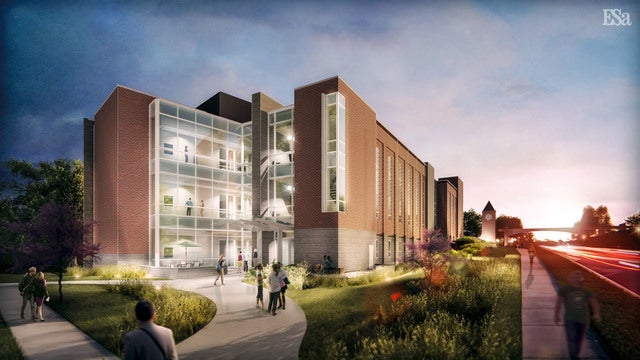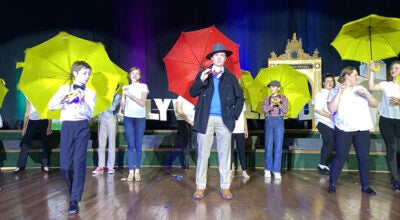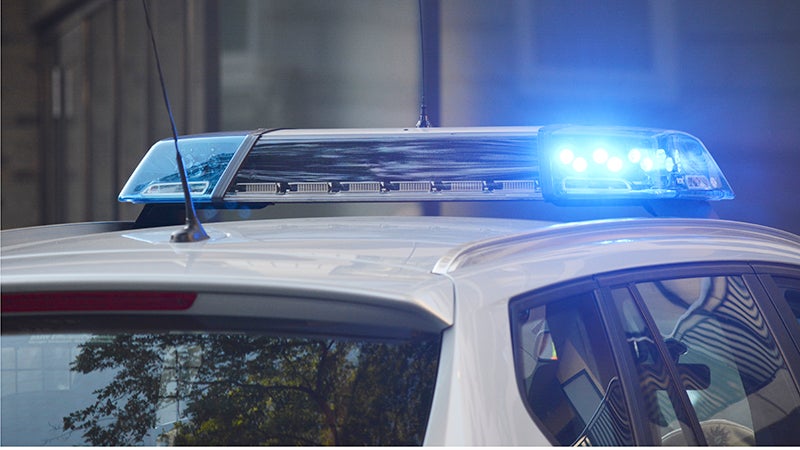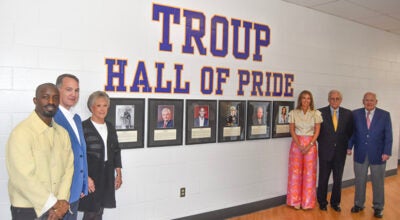LC erecting $21M science building
Published 12:00 am Thursday, February 4, 2016

LaGRANGE — LaGrange College announced Thursday the new construction of a 43,000-square-foot laboratory science facility to be located on the corner of Vernon Street and Park Avenue, across the street from the existing Cason J. Callaway Science Building.
The $21 million project will include renovations to the current structure and is scheduled to be completed in January 2017.
Devoted entirely to laboratories, the new facility will house state-of-the-art spaces for instruction in biology, ecology, anatomy/physiology, chemistry and immunology, states a press release from the college.
“With this building, students pursuing careers in research, medicine, sustainability or allied health fields like physical therapy will have access to innovative technologies in their disciplines,” said President Dan McAlexander in a written statement. “Also, the new special projects lab, ecology lab and nuclear magnetic resonance equipment will give our faculty the ability to design new undergraduate research opportunities.”
West Georgia and the world need more students trained in science, technology, engineering and math, said Dr. Nickie Cauthen, chair of the sciences department.
“To be competitive in the global economy, we need to be producing more graduates in STEM (science, technology, engineering and math) fields, which are both financially and personally rewarding,” she said. “These new laboratories will make our students even better prepared to launch many science careers.”
Over the last few years, the college’s science alumni have moved on to graduate programs in medicine, toxicology and pharmacy, and into careers as spinal cord trauma nurses, veterinarians and forensic biologists.
Davida White, a freshman biology major from Snellville, said she is eager to learn in the new facility.
“I am looking forward to being able to work with such modern equipment,” she said. “This new and improved facility will provide more educational opportunities for my fellow students and me.”
The new structure will contain laboratories and research space, as well as offices for biology and chemistry faculty. When its renovation is complete, the current Callaway Science Building, built in 1972, will serve as classroom space for all of the sciences and will house modern laboratories for physics and computational mathematics, according to McAlexander.
“Working with their chemistry, biology and physics colleagues, our computational mathematics faculty and students will be able to pursue multiple undergraduate research projects in experimenting with and mathematically modeling a wide array of interdisciplinary inquiry,” he said.
Throughout the facilities, “soft” learning areas will be provided for students to gather, collaborate on projects and interact with professors, encouraging connections that enhance student learning.
Batson-Cook Co. of West Point will serve as construction manager for the project. Earl Swensson Associates of Nashville, Tenn., is the architectural firm, and Bill Trivett with Chaseco LLC is the owner’s representative.
Since 2008, the college has seen enrollment growth of nearly 30 percent, college officials have stated. Coupled with the rapid expansion of its nursing and exercise science programs, this increase has placed additional demands on existing classroom and science facilities, McAlexander said.
The college’s emphasis on undergraduate research will be bolstered by the modern equipment, according to Cassie Bates, a sophomore biology major from Phenix City, Alabama.
“I am in the science building constantly, working on my courses and my research,” she said. “The updated labs will allow more hands-on interaction between students and professors. I think this is going to be amazing for all the students, science majors or not.”





